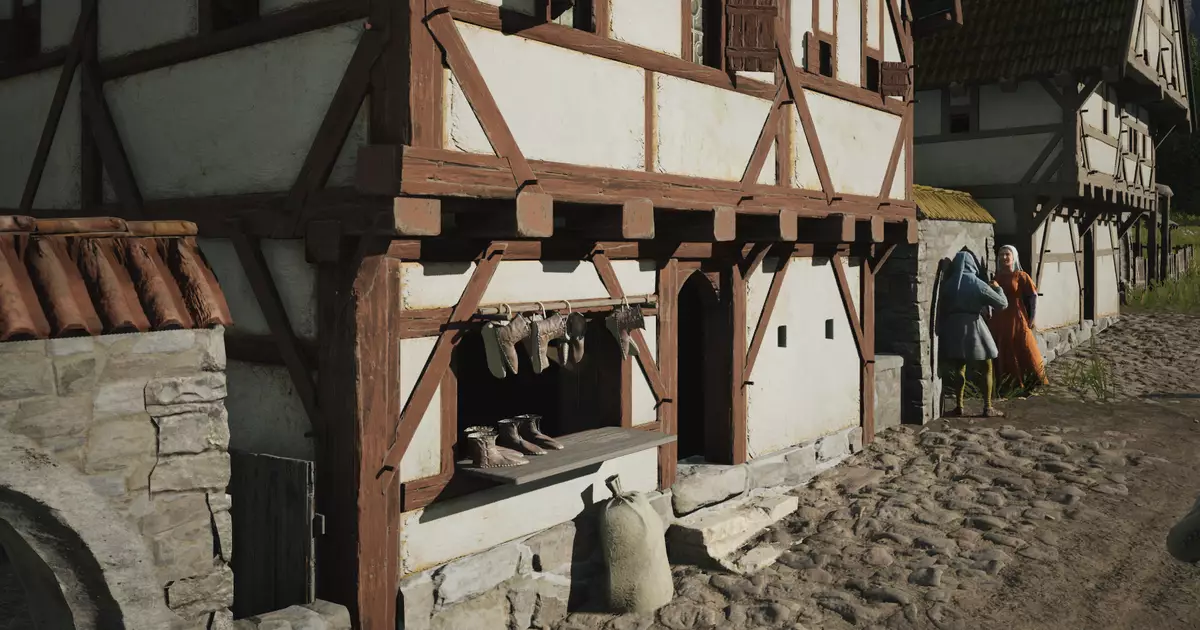Manor Lords, a game that invites players into the gritty, medieval world of Franconia, has faced the all-too-familiar dilemma of development stagnation. The lengthy silence from the developers, Slavic Magic, may have sown seeds of frustration among dedicated fans. Yet, beneath this pause lies a bold vision: a comprehensive overhaul intended to redefine the game’s foundation rather than merely patch it with superficial fixes. Such a strategy, while risky and demanding, underscores a developer willing to make a significant investment in quality and long-term vision, rather than succumbing to the temptation of quick updates. This decision to undertake a “full rework” signifies a commitment to crafting a more cohesive, immersive gameplay experience—one that addresses core mechanics and immerses players more deeply into the medieval ambiance.
Redefining Systems and Expanding Player Creativity
One of the game’s upcoming features, the new building affinity system, is emblematic of this ambitious overhaul. Instead of traditional radius-based effects—a method that can feel limiting and visually awkward—Slavic Magic is choosing to base building interactions on environmental types, each with distinct characteristics. Think of a bustling apiary thriving in woodland, or a flourishing orchard in meadows—these are the nuances that will make each city feel more alive and authentic. The environmental affinities will not only enrich the visual storytelling but also introduce strategic depth, challenging players to think more carefully about placement and resource management.
This approach addresses a common criticism of earlier city builders: the overly rigid grid or effect radius that hampers creative expression. By integrating environmental context into core mechanics, Manor Lords is poised to foster a more organic and satisfying planning process. This shift could serve as a template for a new standard in simulation design, where the environment isn’t an afterthought, but an integral part of gameplay. It also signifies a move away from the “cookie-cutter” city layouts seen in many rivals, encouraging players to experiment and craft more unique settlements.
Visual and Structural Innovation for a More Immersive Experience
Beyond gameplay mechanics, the developers are also focusing on visual and structural enhancements. The introduction of a new map, Divided, with its mountain range slicing through the terrain, aims to add natural geographical complexity, demanding more thoughtful settlement planning. Such topographical diversity promises to breathe fresh life into exploration and defense tactics, fostering a more dynamic experience.
The update also showcases highly detailed artisan workstations, see-through fortifications, and realistic shopfronts—all vital touches that elevate the medieval setting from a mere backdrop to a living, breathing society. These visuals are not superficial; they deepen immersion and offer players tactile satisfaction as they piece together their feudal realm. These aesthetic details, paired with refined building cards and a custom perk card system, suggest a game that values player agency closer to a complete simulation than a static city builder.
Anticipating a Major Shift in Development Philosophy
What stands out most about this rework is the developers’ honesty about the scope and scale of change. Instead of flooding the update road with incremental patches—which may risk broken mechanics and inconsistent player experiences—they are choosing to invest in a substantial overhaul first. It is a bold strategy, reflecting confidence that a solid foundation ultimately leads to a more loyal and engaged community.
Moreover, the decision to delay smaller patches until after the full rework signifies a focus on quality and coherence. It’s a testament to a developer’s understanding that a well-thought-out core experience can shape the perception of subsequent updates. The promise to switch to smaller, more frequent patches post-rework hints at a more sustainable and responsive development approach. This nuanced strategy reveals an understanding that players value polish and depth—attributes that large, carefully crafted updates can deliver more effectively than patchwork solutions.
In essence, Manor Lords’ upcoming transformation is not merely about new features; it’s about redefining what a medieval city builder can be. The game’s current potential is immense, and the developers’ courageous commitment to overhaul signals a future where strategic environment management, visual richness, and creative freedom coalesce into a truly engaging experience. For fans of intricate simulation and historical immersion, these changes could elevate Manor Lords from a promising project into a definitive classic in the genre.

